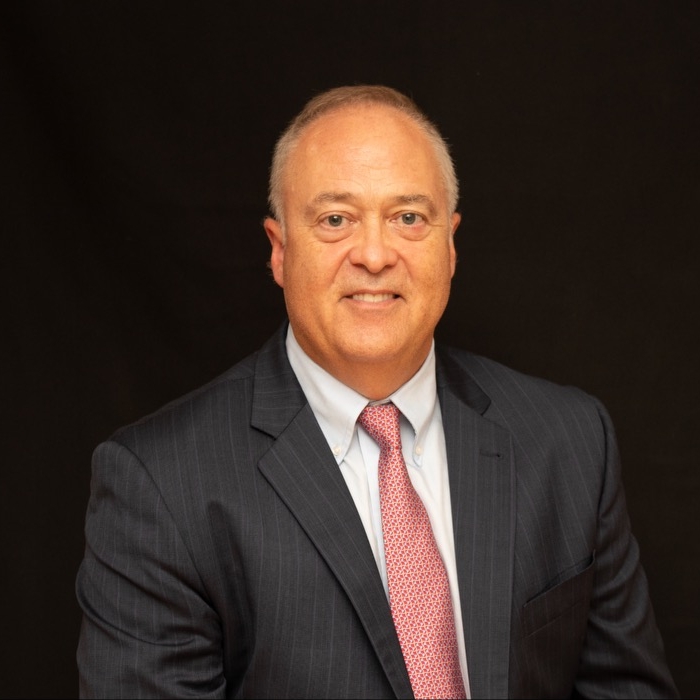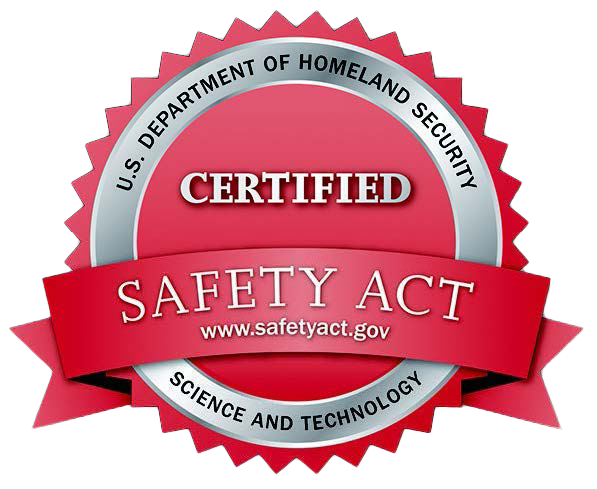The Leadership Effect
Editor’s Note: For readability we will use “leader” to refer to an individual leader or leadership group.
By Mark Anderko
“The pessimist complains about the wind, the optimist expects it to change, the leader adjusts the sails” – John Maxwell
A leader in an organization has tremendous effect on the outcome of any project. A leader identifies operational gaps within the organization and then implements solutions to bridge those gaps. The process begins with the identification of the gap then moves to prioritizing that solution, ensuring procurement through sustainability. The leader must understand the profound continuous role of the leader in the delivery on the strategic vision that has been put into motion. This is especially true when the solution introduces technology platforms that will aid in operational effectiveness and efficiency.
The integration of technology into the operational world that will aid in the development of enhanced situational awareness throughout the organizational structure and amongst its peers is a continuum from procurement to training. In this way, the organization can use the solution not only in dark sky events but also in day to day operations. The messaging of the solution must remain constant and consistent throughout all levels with the organization, as well as peer organizations, in order to achieve a successful outcome. It ultimately becomes part of culture and operational fabric of the organization.
This is easy to say but hard to accomplish. For this reason we see encounter challenges in achieving operational success stories. Sometimes technology purchases fail to be sustained. With that in mind, the question remains: how do we as leaders deliver organizational success stories regarding the implementation and operationalization of technology solutions?
The answer and action are quite simple.
The success recipe deals with two C’s: Commitment and Consistency
Commitment: Leaders begin with the end in mind. They commit to relentlessly telling the story of why it is important and why the solution must remain a priority in the operational environment.
Consistency: Leaders share the vision and the plan using the many management tools we have all learned about regarding the training on the solution.
Develop Organizational K.S.A.’s – Knowledge, Skills, and Abilities of the operators along with creativity.
Develop a Goal and achieve the goal (end state) through objectives that are S.M.A.R.T. (Simple, Measurable, Actionable, Realistic, and Time Bound). Allow the benchmarking technique to measure organizational growth using the solution.
When putting solutions into motion, leaders of all organizations must commit to their roles. They must understand the skills necessary to navigate the command climate (Communication Skills, Clear Priorities, and Clear Expectations) to deliver on solutions that are sustainable. In this way, they create those operational success stories.
“Be the yardstick of quality some people aren’t used to in an environment where excellence is expected”
– Steve Jobs
Mark Anderko is a retired Deputy Chief of Police from New Jersey. He has 28 years of experience in Law Enforcement and Emergency Management. In addition, Mark Anderko served as an adjunct instructor for undergraduate and graduate-level courses in Police Science and Emergency and Disaster Management. Mark is the Sr. Director of Program Operations for Mutualink.
Mutualink strengthens communities and relationships by enabling seamless operational communications. Mutualink’s hardware and software provides consistent, high quality interoperability. The company connects radio, phone, video, text and data among thousands of customers on our network. Our solution grew out of needs identified after the 9/11 terrorist attacks, when FEMA presented the National Incident Management System (NIMS) for all hazards response.
“An Uncommon Commitment to Boundless Connections”





